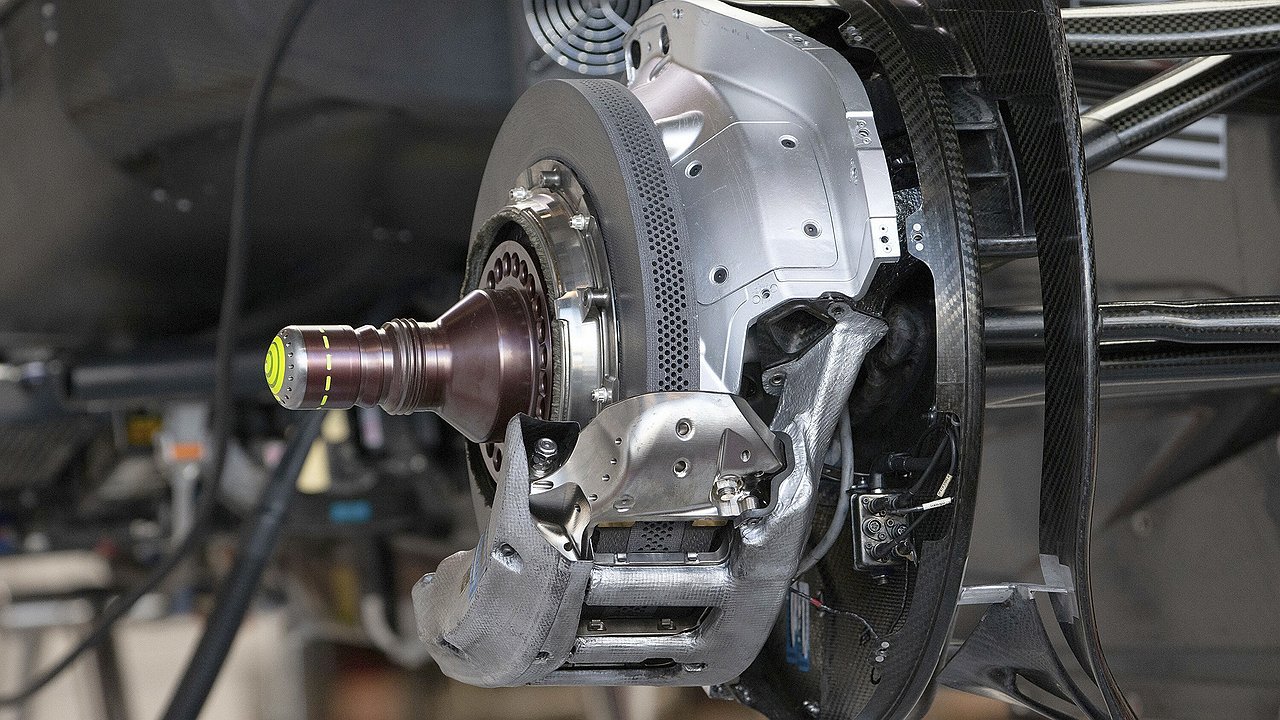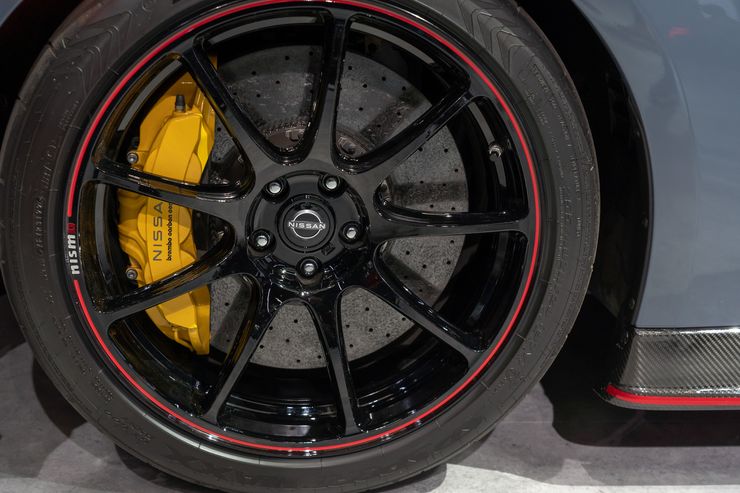What machine malfunctions can be detected by opening the window on the go
- April 26, 2023
- 0
Many technical problems with a car are expressed in the principle “a good knock comes out”. But still it is better not to bring the situation to such
Many technical problems with a car are expressed in the principle “a good knock comes out”. But still it is better not to bring the situation to such

Every more or less advanced car owner knows that many breakdowns are easy to diagnose “by ear” – by the suspicious sounds that the car makes. Some of them can be caught at the moment when the machine is stationary: they are most often associated with breakdowns of the engine and its attachments. Along the way, something is revealed by the “music” intruding into the car’s interior. But many of them can only be “caught” through an open window. True, for this kind of diagnosis you should not go to the suburban highway. At speeds of “over a hundred”, the sounds that matter to us are muffled by the noise of the tires and the howl of the approaching wind.
The ideal conditions for ‘through the window’ diagnostics are as follows. Find a quiet street with as little traffic as possible. Well, if it is possible to drive past a row of parked cars, or along a high curb or a long wall, first with one side and then with the other. This is necessary in order to better reflect the sounds of the “iron horse” and reach the ears. And on this route you have to drive several times with open windows at a low speed – 30-50 km / h, not higher. What can we hear about it? First of all – “wheel” sound. For example, there is a periodic “shuffling” sound from one of them.
Perhaps this is how the brake pad not completely removed from the brake disc explains itself – a signal that you need to check the movement of the caliper cylinders. A constant metallic rustle is usually an indication that the hub bearing needs more attention – soon it will be buzzing with full force. The point here may not be in him, but in the same caliper, the cylinders of which are “acid” and do not allow the brake pad to move from the disc. Such a nuisance entails accelerated grinding of the disc. At the same time, it overheats itself and the wheel bearing overheats. By delaying the solution of the caliper problem, you risk “getting” many of the mechanisms out of its “environment”.
During the diagnostic drive, be sure to press the gas sharply several times, while revving the engine above 3000 rpm. In the event that it has a timing chain drive, then at such times you can hear it clunk – this indicates serious wear: prepare a hefty sum to pay for the replacement of the chain and all related components. And at the timing belt, the rollers of any tensioners can squeak and whistle at such times. This is also a clear sign of wear and the “ghost” of MOT.
But don’t mind the rattling sounds coming from some kind of wheels. It’s just a pebble stuck in the tread and now hitting the tarmac with every turn of the tire. Don’t worry, it will fall out on its own over time.

Every more or less advanced car owner knows that many breakdowns are easy to diagnose “by ear” – by the suspicious sounds that the car makes. Some of them can be caught at the moment when the machine is stationary: they are most often associated with breakdowns of the engine and its attachments. Along the way, something is revealed by the “music” intruding into the car’s interior. But many of them can only be “caught” through an open window. True, for this kind of diagnosis you should not go to the suburban highway. At speeds of “over a hundred”, the sounds that matter to us are muffled by the noise of the tires and the howl of the approaching wind.
The ideal conditions for ‘through the window’ diagnostics are as follows. Find a quiet street with as little traffic as possible. Well, if it is possible to drive past a row of parked cars, or along a high curb or a long wall, first with one side and then with the other. This is necessary in order to better reflect the sounds of the “iron horse” and reach the ears. And on this route you have to drive several times with open windows at a low speed – 30-50 km / h, not higher. What can we hear about it? First of all – “wheel” sound. For example, there is a periodic “shuffling” sound from one of them.
Perhaps this is how the brake pad not completely removed from the brake disc explains itself – a signal that you need to check the movement of the caliper cylinders. A constant metallic rustle is usually an indication that the hub bearing needs more attention – soon it will be buzzing with full force. The point here may not be in him, but in the same caliper, the cylinders of which are “acid” and do not allow the brake pad to move from the disc. Such a nuisance entails accelerated grinding of the disc. At the same time, it overheats itself and the wheel bearing overheats. If you delay solving the problem of the caliper, you risk “getting” many of the mechanisms out of its “environment”.
During the diagnostic drive, be sure to press the gas sharply several times, while revving the engine above 3000 rpm. In the event that it has a timing chain drive, then at such times you can hear it clunk – this indicates serious wear: prepare a hefty sum to pay for the replacement of the chain and all related components. And at the timing belt, the rollers of any tensioners can squeak and whistle at such times. This is also a clear sign of wear and the “ghost” of MOT.
But don’t mind the rattling sounds coming from some kind of wheels. It’s just a pebble stuck in the tread and now hitting the tarmac with every turn of the tire. Don’t worry, it will fall out on its own over time.
Source: Avto Vzglyad
Donald Salinas is an experienced automobile journalist and writer for Div Bracket. He brings his readers the latest news and developments from the world of automobiles, offering a unique and knowledgeable perspective on the latest trends and innovations in the automotive industry.